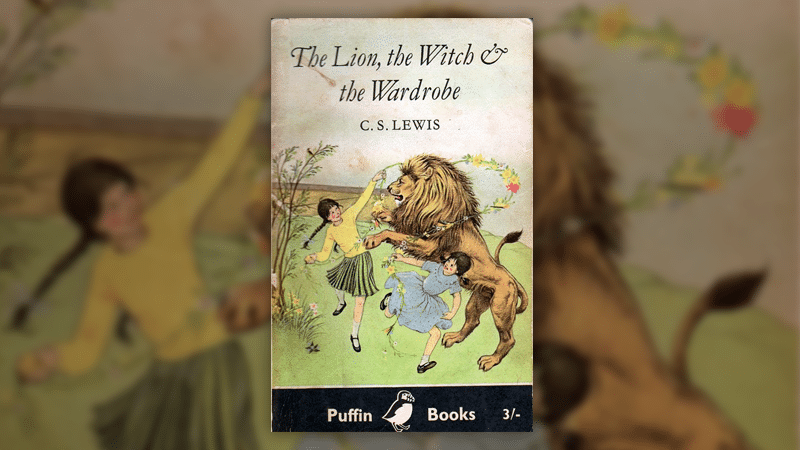The Lion, the Witch and the Wardrobe turns 70

On this day 70 years ago, C.S. Lewis’ novel The Lion, the Witch and the Wardrobe was first published.
Between 1942 and 1944, Lewis delivered a series of lectures on Christianity for BBC radio.
Each episode dealt concisely with fundamental truths, exposed the insufficiencies of worldly philosophies, and showcased the hope and truth of Christianity. Lewis held out the Gospel message – that only through Christ can we be made right with God.
Yet whilst Lewis was adept at concisely explaining the Gospel to adults, he also stressed the importance of sharing the truths of Scripture with children.
The Chronicles of Narnia
So on 16 October 1950, The Lion, the Witch and the Wardrobe was published, the first in the Chronicles of Narnia series. These stories have enchanted generations of families, as characters such as Aslan the Lion and the Pevensie children simply but powerfully conveyed Christian truths.
Edmund giving in to the Witch’s temptation and betraying his family is a brilliant picture of how our hearts are captive to sin, and our rescue comes at great cost. Aslan, the Creator of Narnia – and its rightful King – sacrifices his life that Edmund may go free in a beautiful parallel to Jesus’ death on the Cross.
Even the youngest reader recognises how solemn and powerful this act of love is and celebrates Aslan’s triumphant resurrection and ultimate defeat of the Witch. In the same way, Jesus gives his life “as a ransom for many” (Mark 10:35) and rises victorious over death and the grave.
These allegories are powerful and model one way Christians can engage with our culture and tell a story of redemption, justice and sacrificial mercy. Lewis believed that fantasy can “steal past a certain inhibition” that many have to the Gospel, and portray a clear Christian worldview:
“…supposing that by casting all these things into an imaginary world, stripping them of their stained-glass and Sunday school associations, one could make them for the first time appear in their real potency”.
Ten-year-old Anne Jenkins wrote to Lewis in 1961, asking about the meaning of the Narnia stories. The author replied:
“The whole Narnian story is about Christ. That is to say, I asked myself ‘Supposing there really were a world like Narnia and supposing it had (like our world) gone wrong and supposing Christ wanted to go into that world and save it (as He did ours) what might have happened?’ The stories are my answer.”
C.S. Lewis captured the imaginations of a generation left questioning the relevance of Christianity after seeing some of the worst horrors of war. Through his stories he brought people to the beauty of the Cross.
Engage with culture
In such a context of crisis, Lewis recognised the paramount importance of proclaiming the Gospel in the public sphere, to old and young alike.
The Lion, the Witch and the Wardrobe remains just as warm, engaging and relevant today because the Gospel remains just as engaging and relevant.
In our own day, it is just as important that as Christians we also engage with culture and hold out the Gospel to the world that desperately needs to hear it.
